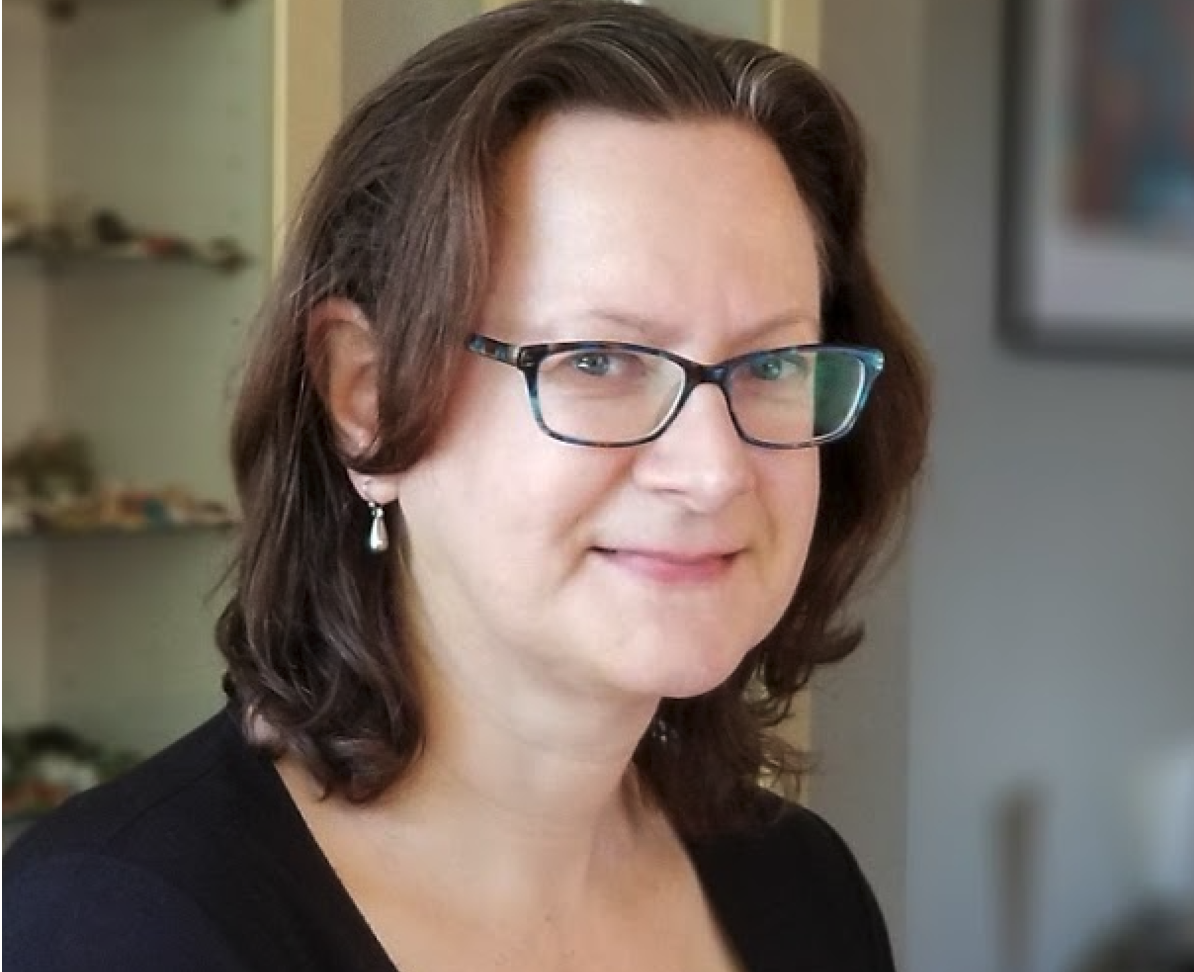Better Science by Beating Back Bias - ACS Publications

The human mind takes shortcuts by using past experiences to fill in missing information. This special talent helped our forebears avoid unfamiliar dangers and facilitated the development of modern civilization. Today, it allows us to quickly size up new social situations and connect with complete strangers. As researchers, it helps us see patterns in nature that explain how the world works. But this inherently human characteristic has its flaws. In its most benign manifestation, our reliance on shortcuts makes us susceptible to optical illusions or a magician’s slight of hand. More troubling, our tendency to fill in missing facts by making broad generalizations can lead us to draw erroneous conclusions about our fellow researchers and the quality of their work.





























